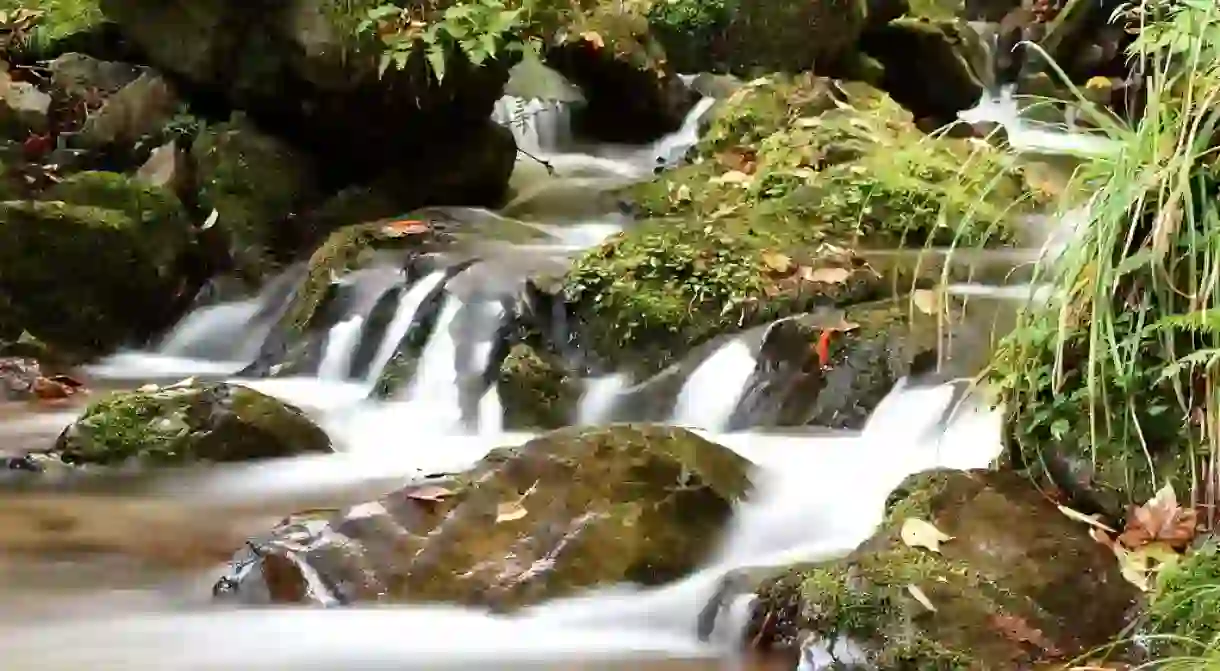When Is the Best Time of Year to Visit Tokyo?

Tokyo is a popular destination at any time of year, but it can easily be argued that some months are better than others. Whether you’re planning a beach holiday, a sakura picnic or a weekend of lounging at the onsen, Culture Trip breaks down the best and worst times to visit Tokyo.
Spring (March – May)
Spring is often thought to be the best time to visit Tokyo. It’s the time of year when many of the nation’s favorite flowers come into bloom, filling landscapes with hues of white, pink, purple and blue. First comes the ume (plum) blossoms, which begin to bloom in February. Wisteria generally comes into season in late April. Kameido Tenjin Shrine in Tokyo is known for its Plum Blossom Matsuri and Wisteria Matsuri each year.

Sakura season is difficult to predict and the flowers are sensitive to harsh weather and rain. They usually bloom in late March or early April, and when they do they can be enjoyed at almost any public park in Tokyo. Shopping areas like the Sakurazaka in Roppongi and the Meguro River in Naka-meguro also come to life at this time of year. This is Tokyo’s peak tourist season – expect large crowds.
Although the flowers are beautiful, March and April are cold, particularly in the evenings, and it rains often. If you have to plan your trip in advance and don’t want to place your bets on the annual sakura forecasts, late May is another good time of year to plan your trip since the weather is good and crowds are smaller.

Summer (June – August)
June is not too hot, but it’s also the start of the long rainy season. Hot and humid weather are in full force in July, making it an ideal time of year to visit the Ogasawara Islands of southern Tokyo for beaches or watersports.
Summer festival season is July and August. Try and plan your visit around festivals and summer hanabi (fireworks) displays, like the Sumidagawa Fireworks Festival at the end of July, so you have an excuse to wear your favorite yukata.

The weather also lends itself well to al fresco dining, outdoor fairs and music festivals. Check out the events square at Yoyogi Park for festivals and food fairs on weekends and keep an eye out for seasonal outdoor beer gardens – there’s a huge one on the roof of the Tokyu Department Store in Shibuya.
Fall (September – November)
The weather remains mild into October and the city sees a lot of sunny days, making fall one of the best times to visit Tokyo. Just like spring’s sakura fever, residents of Tokyo look forward to koyo, or autumn foliage. The leaves won’t start changing colors until November. Highlight includes the nighttime illuminations at Rikugien and the golden gingko boulevard called Icho Namiki, located in Meiji Jingu Gaien.
Autumn is also the best time of year for outdoor sports, such as hiking in the nearby mountains.

Winter (December – February)
Winter is prime onsen season, especially the rotenburo (outdoor baths). Try Niwa no Yu, although for something a little more picturesque you might want to make a day trip out to Kusatsu, a hot spring town in Gunma prefecture.
Tokyo has a lot of beautiful winter illuminations along downtown boulevards, like Keyakizaka near Roppongi Hills. Indoor illuminations and Christmas displays like the one at the Caretta Shiodome mall are also popular. It’s a low season in terms of tourism, and even New Year’s Even is quiet compared to places like New York.

When not visit to Tokyo
Rainy season
The rainy season lasts about one month from early June to mid-July. The weather gets warmer but the dark clouds and oppressive rain mean this is far from an ideal time to visit Tokyo.
Golden Week
Golden Week is generally at the end of April and into early May. Many people have time off of work and use it to travel, visit family or explore the city, so crowds will be bigger than usual.
August
August is not only the peak typhoon season, but summer vacation for students and the O-Bon holiday means popular restaurants, malls, shopping districts and other attractions will be even busier than usual.













